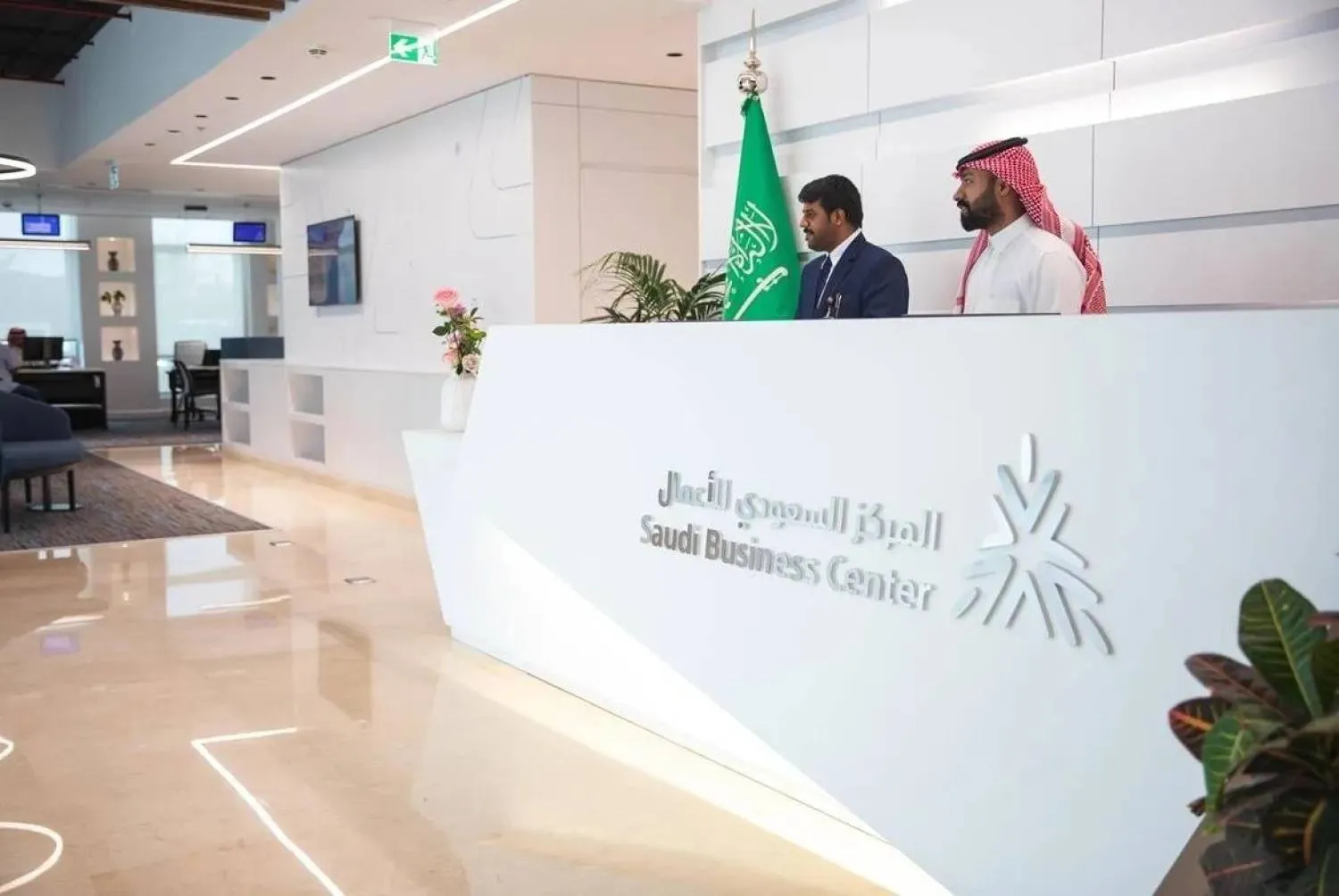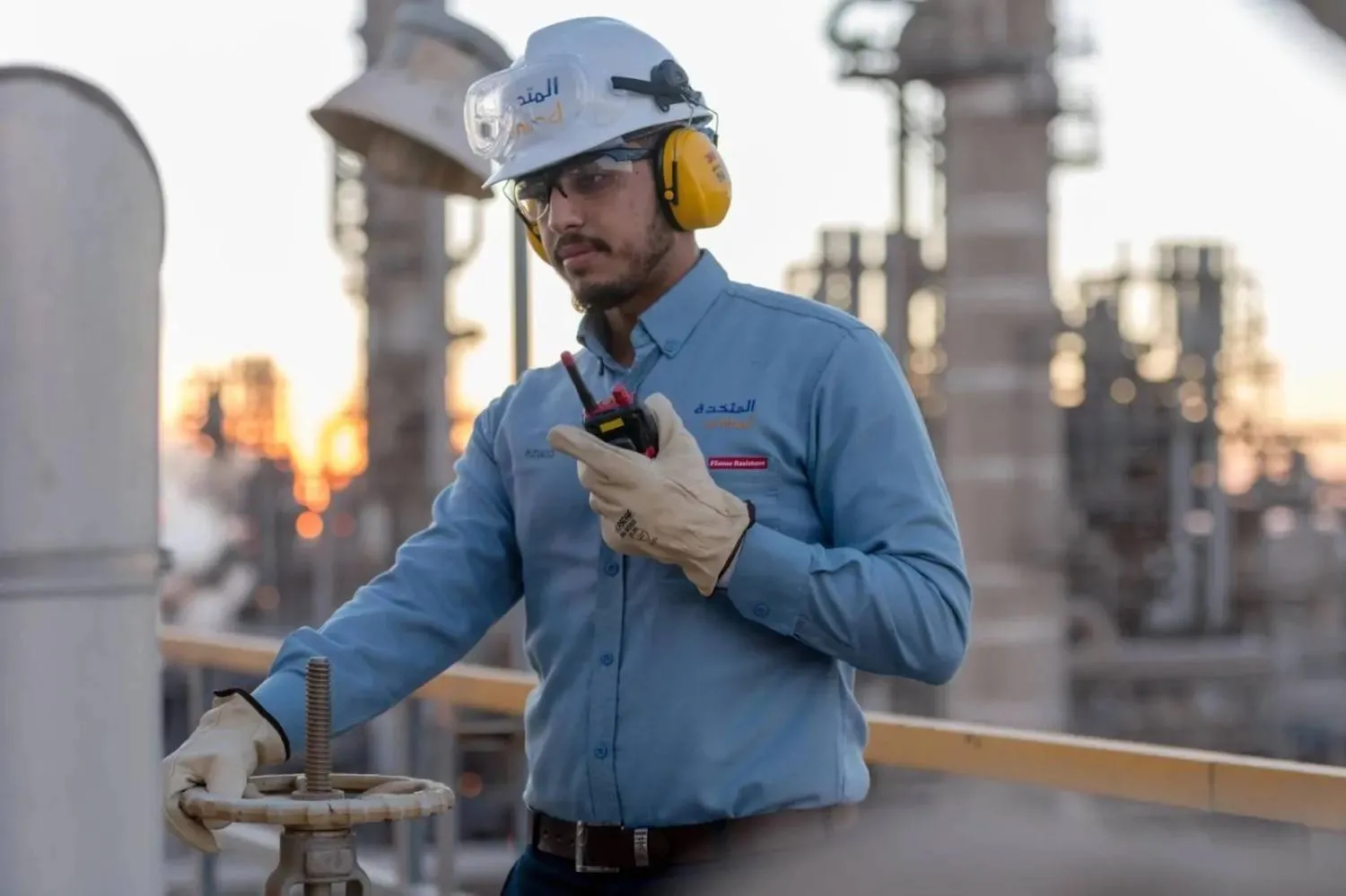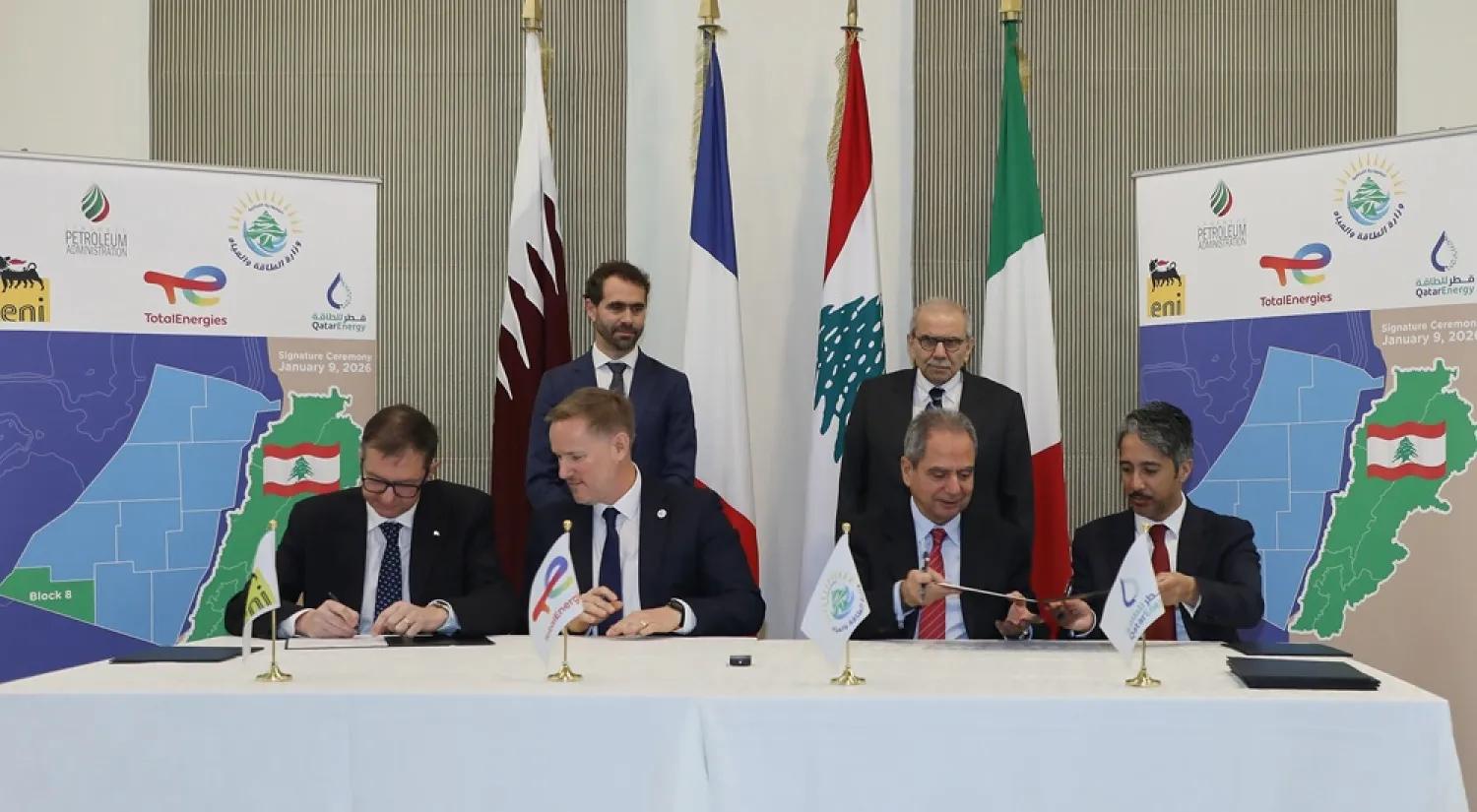Moscow looks forward to expanding the horizons of Russian-Saudi cooperation in nuclear technology, especially in designing and building peaceful atomic power plants in the Kingdom, Rosatom State Nuclear Energy Corporation revealed to Asharq Al-Awsat.
"VVER" nuclear reactors - 'water-water energy reactor' - are a crucial product that Rosatom offers in its bidding portfolio, said Alexander Voronkov, CEO of ROSATOM Regional Center in the Middle East and Northern Africa region.
Voronkov added that Russia has proposed installing the hydro energy reactors to the first nuclear power plant Saudi Arabia plans to build in coming years.
Speaking to Asharq Al-Awsat, the Rosatom CEO confirms that the Russian reactor has withstood the test of time and has been developed since 1955.
To date, no VVER-equipped power plant has registered any serious mishap, which favors the technology when compared to its many competitors in the international market, explained Voronkov.
Since October 2017, Rosatom has been engaged in competitive talks for helping establish Saudi Arabia's first nuclear power plant.
In December 2017, Rosatom and the King Abdullah City for Atomic and Renewable Energy signed a roadmap for cooperation in the peaceful use of nuclear energy.
Voronkov pointed out that Rosatom is involved in nuclear power plant construction projects in 12 countries worldwide, including Turkey and Egypt.
He added that a focus on Russian projects with VVER-1200 reactors offers safety that is of particular importance to countries new to the nuclear industry, such as Saudi Arabia.
"Our gained experience allows us to support the client at any stage of the implementation of any nuclear project," affirmed Voronkov, noting that the construction of a nuclear power plant constitutes a complex, comprehensive, and multifaceted task.
According to Voronkov, Rosatom can help with several areas such as design and construction, refueling, operation and maintenance services, modernizing generating units, educating and training staffers, and raising the level of public acceptance of nuclear energy.









